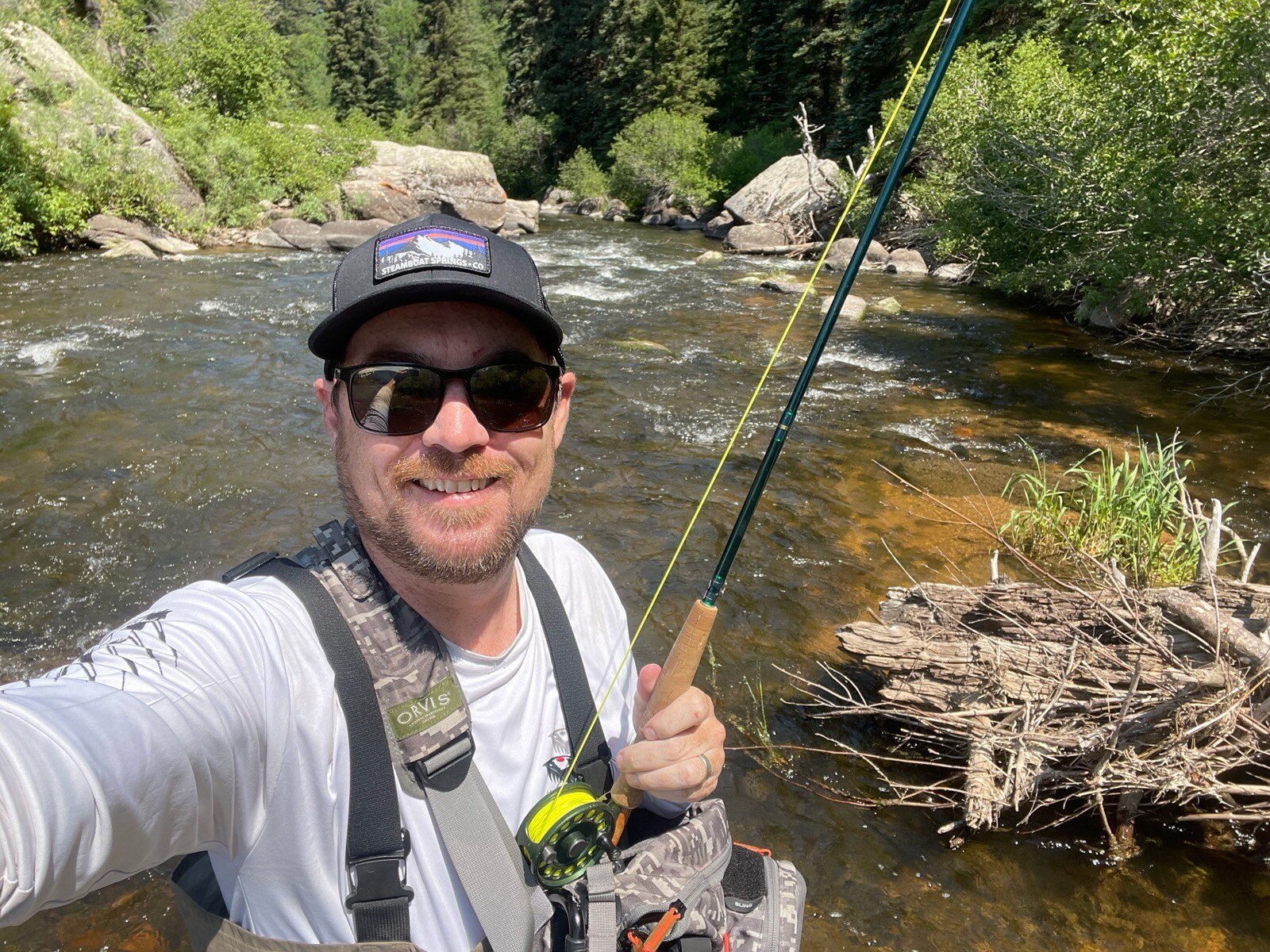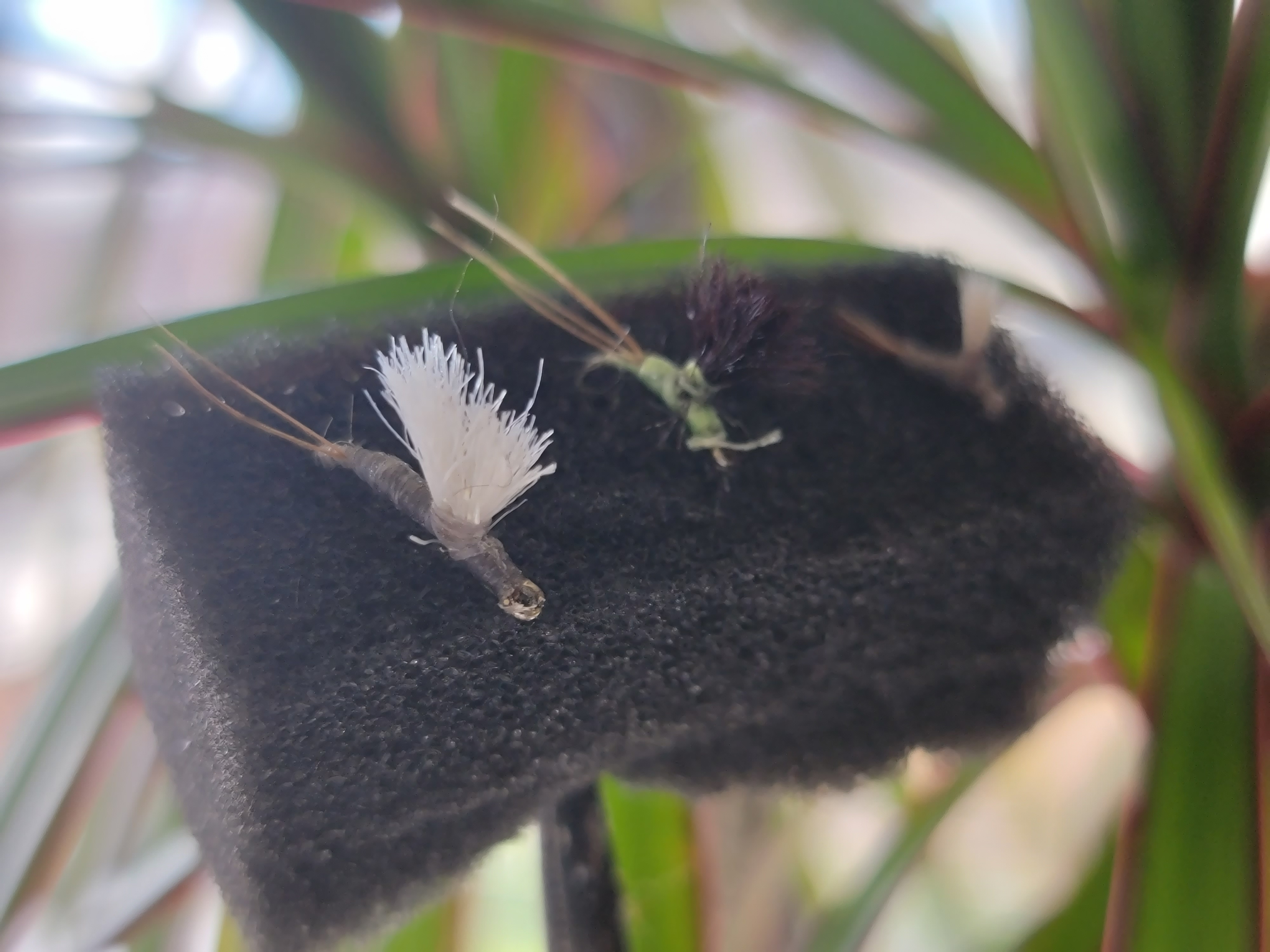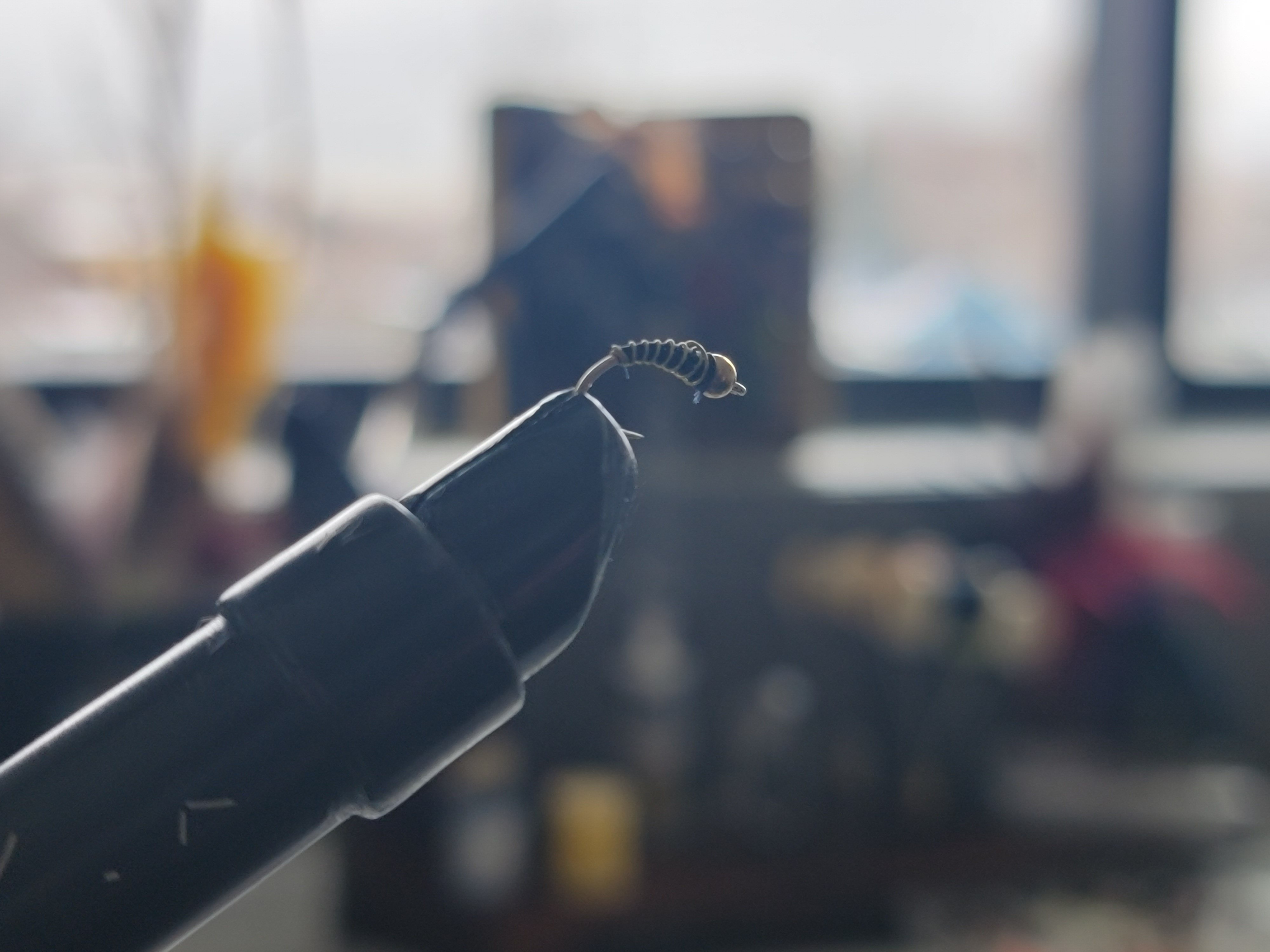Discover the secrets of tying the Griffins gnat fly pattern, a time-tested and effective technique that can help you achieve greater success in your fly fishing adventures. With this pattern, you'll be able to attract a wide variety of fish species, from trout to panfish, and significantly increase your chances of landing that trophy catch. Whether you're a seasoned angler or a beginner looking to improve your skills, mastering the Griffins gnat fly pattern is an essential step in your journey towards becoming a successful fly fisherman.
History of The Griffins Gnat in Colorado
The Griffith's Gnat is a popular fly pattern in Colorado for trout fishing. Designed to imitate a small black insect or midge, it is used as a dry fly to imitate an adult insect on the water's surface. Anglers typically use a floating line and a long leader for the best presentation. It is effective in slower, flat water such as riffles and seams, where trout tend to gather. Various techniques like dead-drift presentation or slight twitches can be employed to mimic the movement of a struggling bug. It is important to closely watch for any trout taking the fly.
To summarize, the Griffith's Gnat is a versatile fly pattern that imitates small insects on the water's surface. It is best used as a dry fly in slower waters and can be effective in Colorado for trout fishing. Remember to use a floating line, long leader, and employ proper techniques to increase your chances of success.
Fly Fishing the Griffins Gnat
Tackle and Setup: Make sure you're using a floating line and a leader that's long enough to give you a good presentation. A longer leader, around 15', can work well with a 9' rod.
Presentation: Look for those spots where trout like to hang out, like riffles and seams. Cast your fly there and let it drift naturally with the current. Keep a close eye on any movements that might signal a trout taking the fly, and be ready to set that hook!
Techniques: Try using a dead-drift presentation to mimic the natural movement of insects on the water. You can also give your fly a little twitch or skate it lightly to imitate a struggling bug if the trout seem picky.
Water Conditions: The Griffith's Gnat can work well in slower, flat water. It sits low in the foam, making it look like a tempting snack for hungry trout.
Tying The Griffins Gnat Fly
Materials Needed
To tie the Griffins Gnat fly pattern, you will need the following materials:
- Size 18-22 dry fly hook
- Black thread
- Black or gray dubbing
- Grizzly hackle fibers
- Fine black or gray thread for the body
- Head cement or super glue
Make sure you have all these materials ready before you begin tying the fly.
Step 1: Preparing the Hook
- Start by placing the fly hook securely in your vise.
- Attach the black thread to the hook shank and make a few wraps to secure it.
- Trim off any excess thread.
- This will serve as the foundation for the body of the fly.
Step 2: Wrapping the Body
- Take a small amount of black or gray dubbing and dub it onto the thread.
- Wrap the dubbed thread along the hook shank, creating a smooth and tapered body.
- Make sure to leave some space at the front of the hook for the wings and hackle.
Step 3: Adding the Wings
- Select a small bunch of grizzly hackle fibers.
- Tie them in at the front of the hook, creating wings that extend slightly past the hook bend.
- Secure the wings with several wraps of thread and trim off any excess.
- Make sure the wings are evenly spread and facing forward.
Step 4: Finishing Touches
- Apply a small amount of head cement or super glue to the thread wraps behind the wings.
- This will help secure the wings in place.
- Make a few more wraps of thread to ensure everything is secure.
- Trim off any excess thread and apply a final coat of head cement or super glue to the thread wraps for added durability.
- Allow the fly to dry completely before using it for fly fishing.
.png?width=300&height=100&name=Copy%20of%20Rise%20Beyond%20Logo%2012.31.24%20(300%20x%20100%20px).png)

.png)

